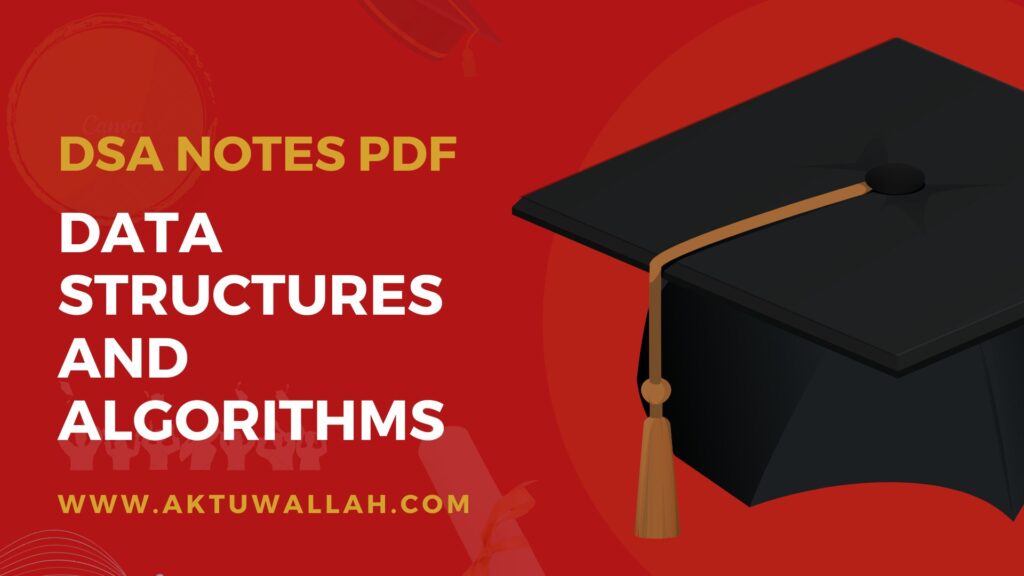Download DSA Handwritten Notes PDF:
In the realm of computer science, mastering Data Structures and Algorithms (DSA) is fundamental for any aspiring programmer or software engineer. DSA forms the backbone of efficient programming, enabling professionals to tackle complex problems with ease. While there are numerous resources available for learning DSA, handwritten notes in PDF format hold a special place due to their accessibility and convenience.
Where to Find DSA Handwritten Notes PDF
Fortunately, there are several reliable sources where one can find high-quality DSA handwritten notes in PDF format. Online platforms like GitHub, educational forums, and academic websites often host repositories of notes contributed by students, educators, and professionals alike. It’s essential to verify the credibility and accuracy of the notes before downloading to ensure a fruitful learning experience. You Can Download By clicking on the given link to get your DSA Handwritten Notes PDF
Download Now
Understanding Data Structures and Algorithms (DSA)
Data Structures and Algorithms form the bedrock of computer science, serving as the building blocks for writing efficient and scalable code. Data structures facilitate the storage and organization of data, while algorithms provide step-by-step procedures for solving computational problems. Proficiency in DSA is paramount for excelling in technical interviews, coding competitions, and real-world software development projects.
Must Read These 5 Important Questions on DSA
1: What is the difference between a stack and a queue?
A stack is a data structure that follows the Last In, First Out (LIFO) principle, whereas a queue follows the First In, First Out (FIFO) principle. In a stack, elements are inserted and removed from the same end, typically referred to as the top. In contrast, a queue supports insertion at one end (rear) and removal from the other end (front)
2: Explain the concept of Big O notation.
Big O notation is a mathematical notation that describes the limiting behavior of a function when the argument tends towards a particular value or infinity. In the context of algorithms, Big O notation represents the upper bound of the worst-case time complexity of an algorithm.
3: How does binary search work, and what is its time complexity?
Binary search is a searching algorithm that works on sorted arrays by repeatedly dividing the search interval in half. It compares the target value with the middle element of the array and eliminates half of the remaining elements at each step. Binary search has a time complexity of O(log n).
4: What are the various sorting algorithms, and compare their efficiencies?
Various sorting algorithms include bubble sort, selection sort, insertion sort, merge sort, quick sort, and heap sort. These algorithms differ in their approach to sorting elements and their efficiencies. For example, bubble sort has a time complexity of O(n^2), while merge sort has a time complexity of O(n log n).
5: Define dynamic programming and provide an example.
Dynamic programming is a method for solving complex problems by breaking them down into simpler subproblems and solving each subproblem only once, storing the solutions to subproblems in a table to avoid redundant computations. An example of dynamic programming is the Fibonacci sequence, where each number is the sum of the two preceding ones.